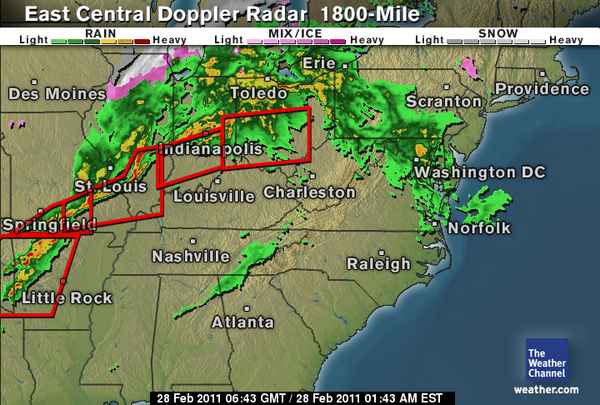

The impact of global quantitative views of temperature, cloud, and moisture distributions, as well as of surface properties (e.g., ice cover and soil moisture), has already been substantial. Meteorological measurements from satellites and aircraftĪ major breakthrough in meteorological measurement came with the launching of the first meteorological satellite, the TIROS (Television and Infrared Observation Satellite), by the United States on April 1, 1960. These wind-profiling radar systems actually pick up signals “reflected” by clear air and so can function even when no clouds or rain are present. Other types of radar have been used increasingly for detecting winds continuously, as opposed to twice a day. These gusts cause the large wind shears (differences) associated with strong rains that have been responsible for some plane crashes. His Doppler-radar analyses of winds revealed “ microburst” gusts.

Using radar and other observations, the Japanese American meteorologist Tetsuya Theodore Fujita discovered many details of severe thunderstorm behaviour and of the structure of the violent local storms common to the Midwest region of the United States. Modern radar systems use the Doppler principle of frequency shift associated with movement toward or away from the radar transmitter/receiver to determine wind speeds as well as storm motions. Radar observation of the growth, motion, and characteristics of such storms provide clues as to their severity. Virtually all tornadoes and severe thunderstorms over the United States and in some other parts of the world are monitored by radar. Since its initial application in meteorological work, radar has grown as a forecaster’s tool. The photograph shows an image of the rain bands (not clouds) in a hurricane. As a result it became possible to track and study the evolution of individual showers or thunderstorms, as well as to “see” the precipitation structure of larger storms. The British began using microwave radar in the late 1930s to monitor enemy aircraft, but it was soon learned that radar gave excellent returns from raindrops at certain wavelengths (5 to 10 centimetres).
#Midwest radar in motion how to#
COVID-19 Portal While this global health crisis continues to evolve, it can be useful to look to past pandemics to better understand how to respond today.Student Portal Britannica is the ultimate student resource for key school subjects like history, government, literature, and more.Britannica Explains In these videos, Britannica explains a variety of topics and answers frequently asked questions.Demystified Videos In Demystified, Britannica has all the answers to your burning questions.This Time in History In these videos, find out what happened this month (or any month!) in history.#WTFact Videos In #WTFact Britannica shares some of the most bizarre facts we can find.Britannica Classics Check out these retro videos from Encyclopedia Britannica’s archives.


 0 kommentar(er)
0 kommentar(er)
